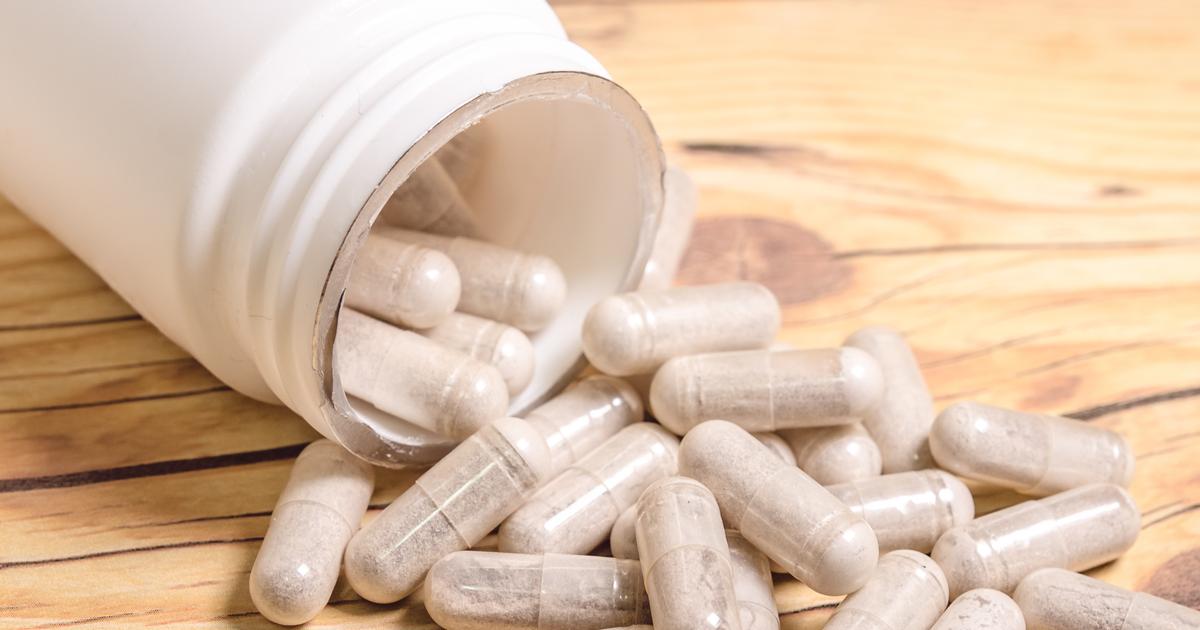Simple Tips To Help Deal With Lactose Intolerance
Lactose intolerance is a health condition that occurs when the body is unable to easily digest lactose, which is a natural sugar found in cow's milk. Individuals who suffer from lactose intolerance usually have a deficiency of an enzyme called lactase, which is responsible for breaking down lactose in the body. Symptoms of lactose intolerance are similar to those seen in irritable bowel disease and include bloating, gas, diarrhea, abdominal pain, and skin problems. While lactose intolerance is not curable, there are simple tips that can help individuals manage their condition and live quite normally.
Lactase Enzyme

Milk and dairy products seem to be hidden in just about every food, making lactose almost impossible to avoid. Supplementing with the lactase enzyme is a good way to help the body break down lactose if it is accidentally consumed. Lactase supplements can be purchased at any health food store. Individuals should keep them nearby whenever they are eating as lactase will need to be taken as soon as anything with lactose is consumed.
Individuals should take another lactase supplement if lactose is still being consumed anywhere from twenty to forty-five minutes after the initial bite. Some supplements may recommend that individuals take one before consuming anything with lactose in it, so it is important to verify with the directions on the bottle.
